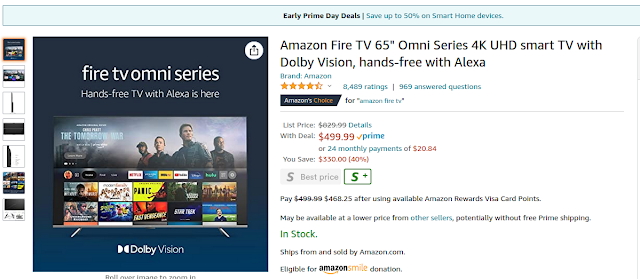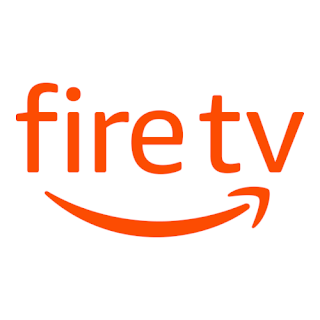I've been running a non-streaming (mostly) project of installing and operating using a Linux computer. At least one Linux computer. I'm actually planning on running a desktop (what I'm using now) and a laptop (gotta find one I like).
One of the things about Linux is the security. The operating system is very secure. And you might think that would not be the case. After all, Microsoft and Apple keep their operating system code closely guarded, while Linux in all its forms is open source. That is, anyone can look at the operating system code.
The bad side of that is that anyone easily look for ways to exploit the code. No getting some employee to smuggle out any section of code so you can look at it. With Linux, the code is there for anyone to see.
The good side of that is that anyone can easily look for ways to stop others from exploiting it. Right now, if someone finds an exploit in Windows or Mac OS, only a team at Microsoft or Apple, respectively, can work on fixing the exploit. And that's after teams at Microsoft or Apple missed the exploits in the first place.
If someone finds something wrong with Linux, the entire planet could work in resolving it. Even people from Microsoft or from Apple. Think of it as a strength in numbers.
Most of the security breaches from the Linux standpoint have to do with applications that are running under the GNU/Linux OS, and the applications have issues that have not been fixed, often because the user didn't update the applications.
The way you operate a Linux computer is heavy with security as a default way of operating. For example, if you set up a new Windows or Mac computer, by default, the user has full administrator access. And that makes it easier for malware to impact a Windows or Mac computer.
Let me take a quick side trip to dispel the notion that Mac computers cannot get a virus. They can. If someone told you they couldn't, they likely told you that out of ignorance. Now, to be sure, it's much more likely for a Windows computer to be attacked because there are so many Windows computers, and so many users (Windows, Mac, or Linux) that just don't understand which behaviors are dangerous.
Linux, by default, won't let you, the only user on the computer, perform administration functions. Well, not easily. Those have to be executed with a special Super User command, and a password supplied. So, while it can still happen, it takes effort of the user to force themselves into a dangerous situation.
With Windows or Mac, you can do like I do and set up a local Admin account first, then add other accounts that are used for daily use. These daily accounts are not Admin accounts, but regular user accounts. That's how my Windows and Macs are all set up.
So, Linux is security focused. And many Linux users are focused on security as well. All should be. Where there is a difference among users, I think, should actually boil down to privacy.
Most Windows and Mac computers are not all that great on privacy. Oh, they'll do a decent job of keeping your data out of the hands of others. And "others" is the key word here. Microsoft and Apple will keep you data, as will Google if you use a lot of Google services. So, they promote themselves as privacy gurus, and they are, insofar as it keeps your data from others. But they have a lot of your data, and you might be shocked just how much.
This is where Linux breaks the mold. Most Linux distributions don't gather your data, but some do. Most don't, and that's a good thing.
To me, security and privacy go hand in hand. They're two aspects of the same thing, and that's being able to use a computer without everyone getting their hands on your data or your money.
I'll talk more about GNU/Linux and privacy in the future. Probably on a weekend, when I talk about my side projects that are only slightly connected to my Streaming Life.







